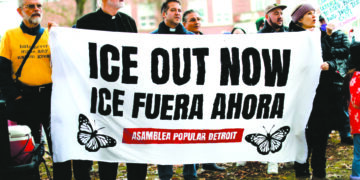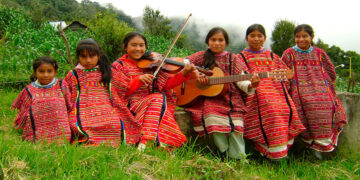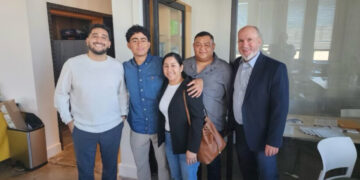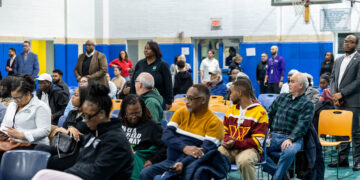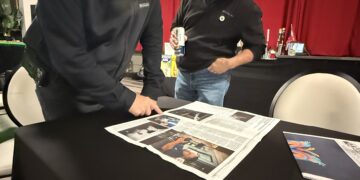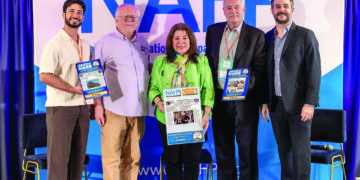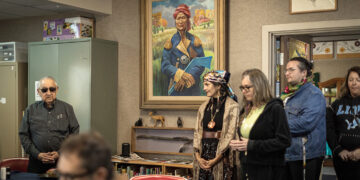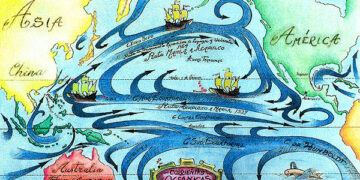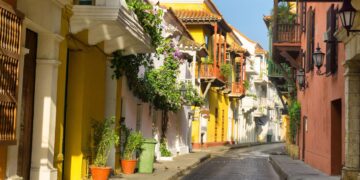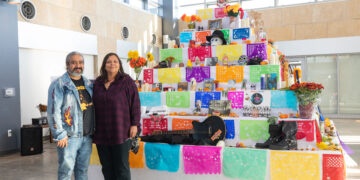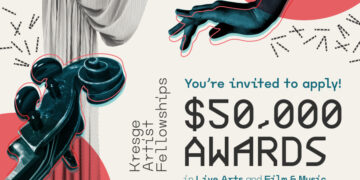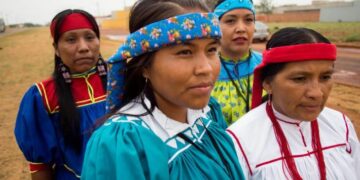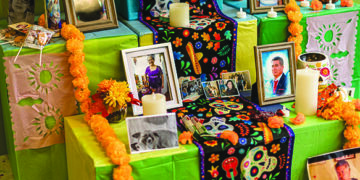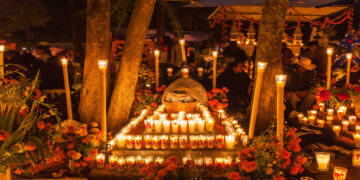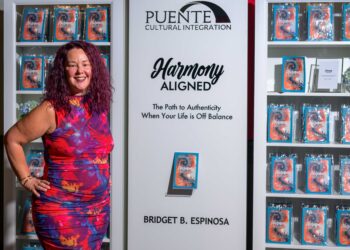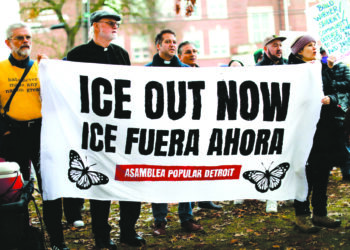A historic Latino arts exhibition entitled “La Raza Art and Media (RAM) Collective, 1975 – Today” is on display at the University of Michigan’s Museum of Art and will run through July 20. This exhibition revisits the 50th anniversary of the founding of RAM Collective to reflect on the profound impact of these visionary creators.
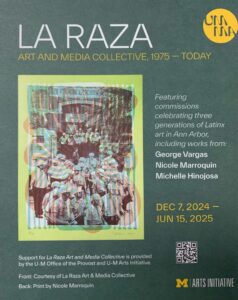
April 11th and April 12th, the Museum will hold two days of activities that coincide with the exhibit and celebrate the artists who were members of the La Raza Art and Media Collective. A panel entitled Artist Talk: George Vargas, Ana Luisa Cardona, and Jesse Gonzalez will be held Friday, Apr 11th from 6:00pm–7:30pm in the Helmut Stern Auditorium of the University of Michigan’s Museum of Art. The Museum is located at 525 S State St., Ann Arbor, MI 48109.
The following day students, staff and others will come to Southwest Detroit for “City Spirit: A Walking Tour of Murals in Southwest Detroit,” in a homage to a number of the murals that grace our beautiful neighborhood.
Wel- known Detroit artist Vito Valdez will guide this tour along with George Vargas, one of the founders of La Raza Art and Media Collective. I reached out to Vito to get an idea of what those coming on the tour might experience. He stated, “the tour is a personal reflective overview into the origins of historic community murals and public art projects, celebrating the rich cultural heritage of Southwest Detroit’s International Bordertown.”
It must be noted that a number of the artists featured in the Ann Arbor exhibit are associated with southwest Detroit’s rich cultural history. George Vargas, mentioned above, painted the mural “City Spirit” located on the southeast corner of the intersection of Ste. Anne and Bagley. As one of the exhibit’s featured pieces George Vargas painted a mural within the exhibit space itself. Ana Cardona, also one of the April 11th panelists. along with Julio Perazza would go on to become key players in Casa de Unidad, Southwest Detroit’s premier arts and cultural organization for close to twenty years. Ana served as the center director and Julio as one of the center’s prolific photographers.
Recently, I went to see the Raza exhibit and was really moved by the depth and vibrancy of the artwork. It covers a historic period starting in the mid 70s up to the present. Artists in the Collective practiced their craft as a way to advocate for and promote their communities. This included Ana and Julio’s efforts at Casa. I was quite moved to see that a number of University of Michigan students researched Casa de Unidad archives now housed at the University’s Bentley Library and produced a significant number of “Zines”, which are graphic printed documents, highlighting the artwork, poems and short biographies of many of the individuals that passed through the doors of that historic organization.
In preparation for this article I talked to George Vargas and Ana Cardona about their thoughts on the fact the University of Michigan’s Museum of Art saw the importance of organizing this exhibit.
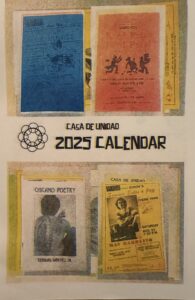
Ana Cardona stated “The exhibit is important because it focuses on a group of Chicano and Puerto Rican artists and writers creating in Michigan and the Midwest, who went on to exert significant influence on the arts in Detroit and around the country. Our exploration into Latino culture while on campus, led Julio and I to dig more deeply into Puerto Rican history by interviewing elders on the island and producing the independent documentary “Los Viejitos-The Puerto Rican Elders” which is archived at the University of Michigan’s Bentley Library. It was on this journey to Puerto Rico we met Jack Delano, the Works Progress Administration (WPA) photographer who documented life on the island beginning in the 1950s when he headed up Puerto Rico’s Division of Community Education. After bringing Delano to Michigan as a University of Michigan Visiting Artist, I was told by George Vargas about a position at Casa de Unidad in Detroit. Yearning to put theory into practice, the management of Casa de Unidad provided a perfect opportunity for me to focus on Detroit and Michigan Latino artists within Southwest Detroit’s vibrant community. Julio Perazza’s return to his hometown of Detroit allowed him to photographically document life in Southwest Detroit”
George in turn stated, “The Exhibition at The University of Michigan Museum of Art is important for a number of reasons. The exhibition demonstrates the growing presence of Chicano/Latino peoples in Michigan and their contributions to the cultural history and economy of the state. Also, the exhibition showcases the art organization La Raza Art and Media, based at U of M, and this student group’s work in presenting, promoting, and preserving Latino art in Ann Arbor, Detroit, Lansing, Adrian, Grand Rapids and other communities.”
He continued. “Through our activism Raza Art and Media elevated a greater awareness of Latino art and culture; and garnered funding for our programs and projects. Raza Art and Media ended when its members graduated from U of M to start their professional careers. Nonetheless, many of us continued to further develop the Latino art scene, especially in Detroit. Ana Cardona and Julio Perazza worked through Casa de Unidad, a grass roots art group in Detroit’s Mexicantown; and I organized exhibitions with celebrated artist Nora Chapa Mendoza, and also painted murals in Detroit.”


The art exhibition, “La Raza Art and Media Collective, 1975 – Today,” will be held through July 20 at the University of Michigan’s Museum of Art 525 S State St Ann Arbor, MI 48109. Their phone number is 734.764.0395. If you have any questions about the exhibit and his work you can reach George Vargas at vargas.george8@att.net
Support for La Raza Art and Media Collective is provided by the U-M Office of the Provost and U-M Arts Initiative.

